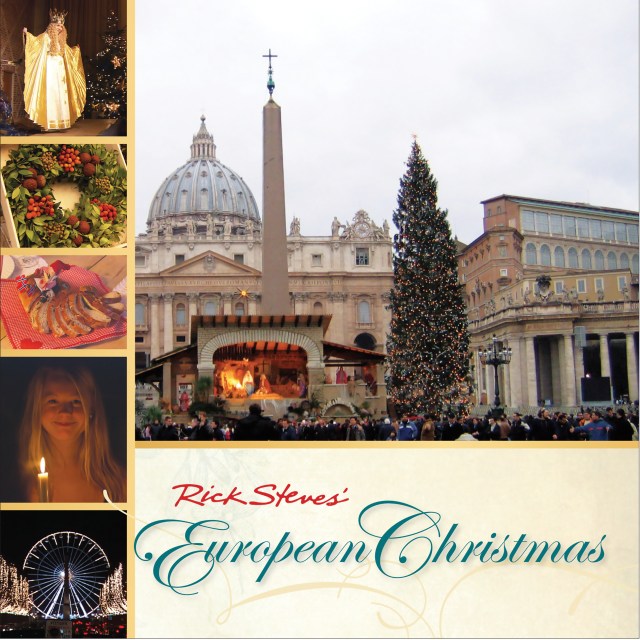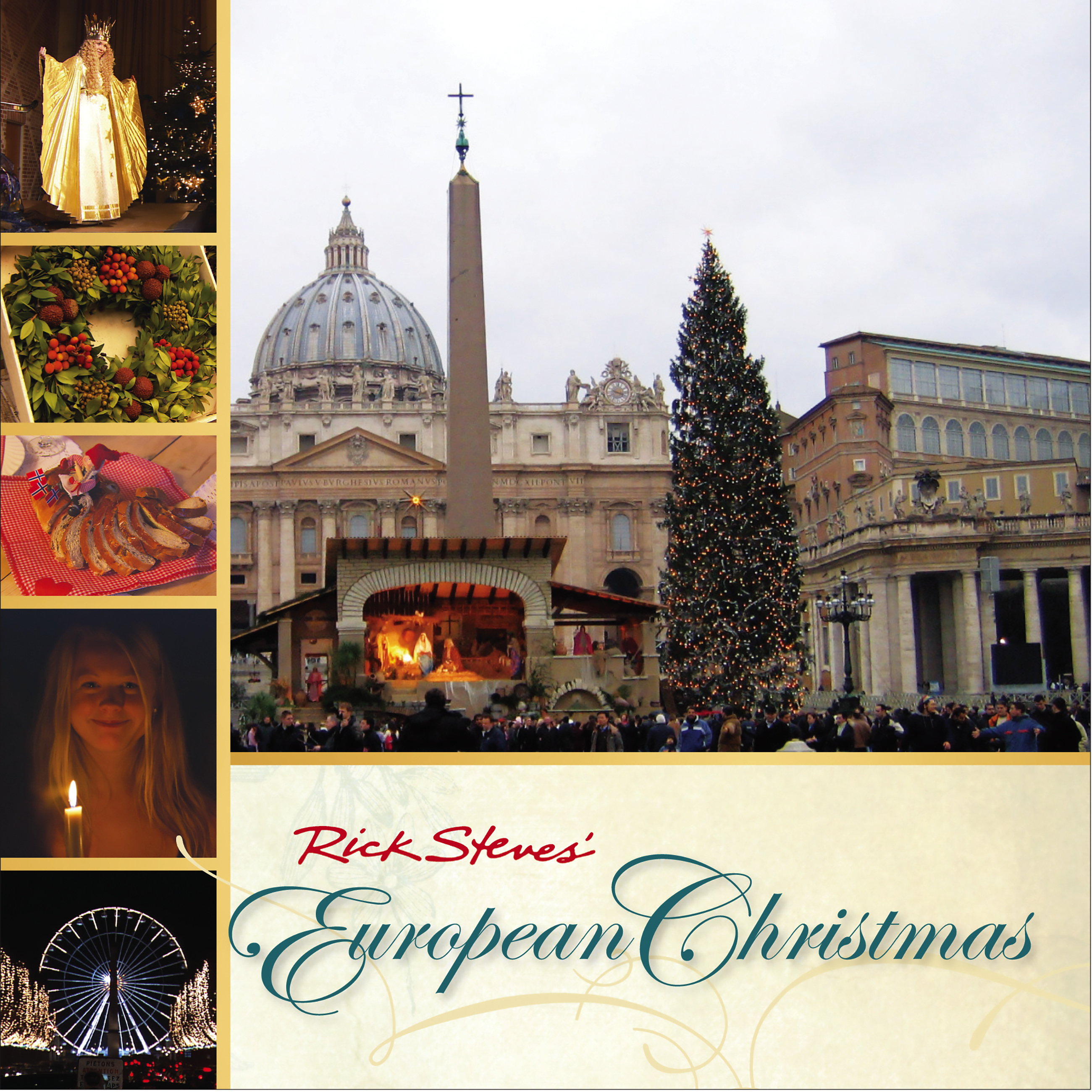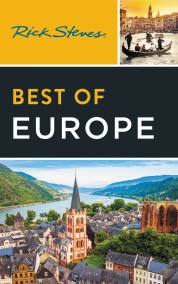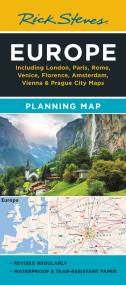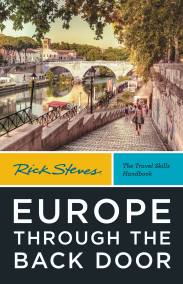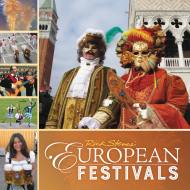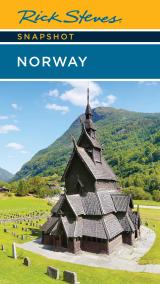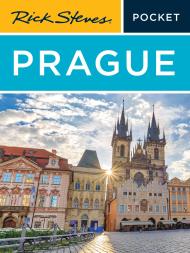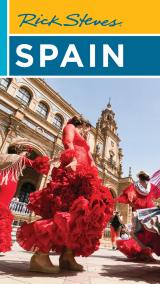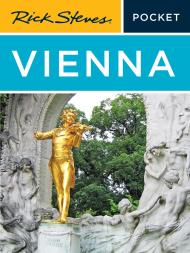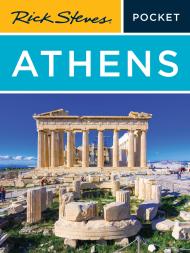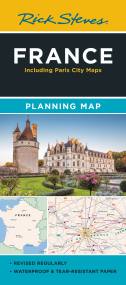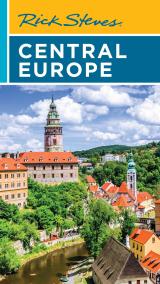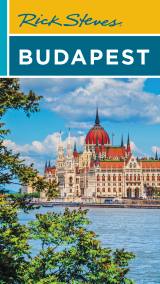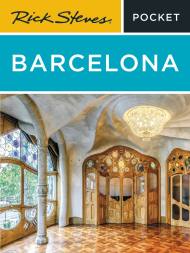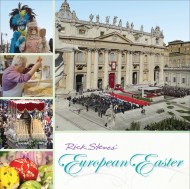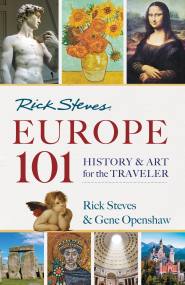Promotion
Use code BEST25 for 25% off storewide. Make sure to order by 11:59am, 12/12 for holiday delivery!
By clicking “Accept,” you agree to the use of cookies and similar technologies on your device as set forth in our Cookie Policy and our Privacy Policy. Please note that certain cookies are essential for this website to function properly and do not require user consent to be deployed.
Rick Steves’ European Christmas
Contributors
By Rick Steves
By Valerie Griffith
Formats and Prices
- On Sale
- Aug 27, 2013
- Page Count
- 248 pages
- Publisher
- Rick Steves
- ISBN-13
- 9781612387369
Price
$14.99Price
$19.49 CADFormat
Format:
- Trade Paperback $14.99 $19.49 CAD
- ebook (Digital original) $9.99 $12.99 CAD
This item is a preorder. Your payment method will be charged immediately, and the product is expected to ship on or around August 27, 2013. This date is subject to change due to shipping delays beyond our control.
Buy from Other Retailers:
Rick Steves, America’s #1 travel authority on Europe, teams up with co-author Valerie Griffith to explore the rich and fascinating mix of traditions—Christian, pagan, musical, and edible—that led to the Christmas festivities we enjoy today.
Join Rick as he reveals an authentic, surprising portrait of holiday celebrations in England, Norway, France, Germany, Austria, Italy, and Switzerland: Romans cook up eels, Salzburgers shoot off guns, Germans buy “prune people” at markets, Norwegian kids hope to win marzipan pigs, and Parisians ice-skate on the Eiffel Tower.
With thoughtful insights, vibrant photos, and more than a dozen recipes, this great gift book captures the spirit of the season. It’s a delightful way to learn something new about Christmas.
Series:
Newsletter Signup
By clicking ‘Sign Up,’ I acknowledge that I have read and agree to Hachette Book Group’s Privacy Policy and Terms of Use
